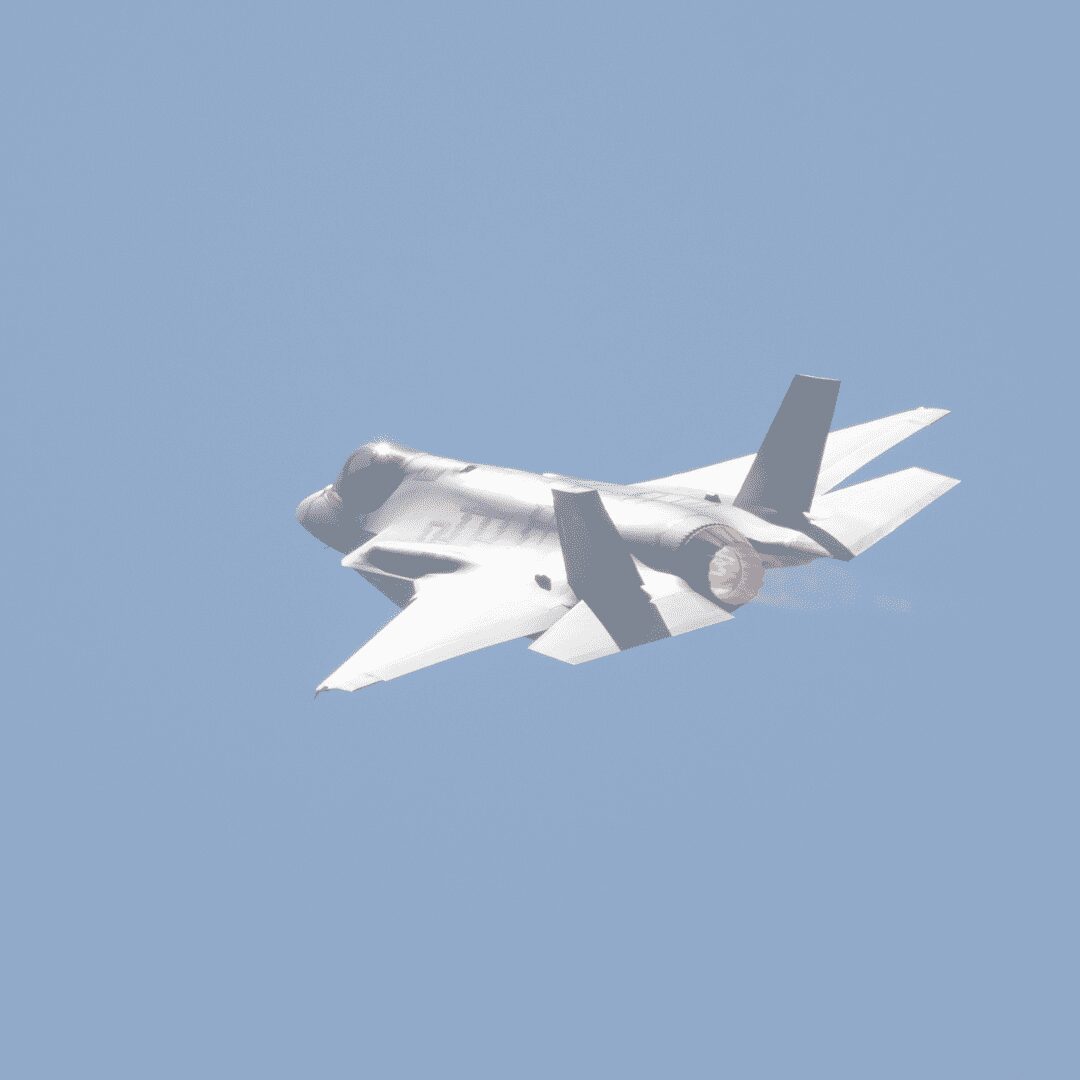
Op-Ed: Funding a Second F-35 Engine Makes No Sense
Dan Savickas
April 20, 2022
This was originally published in Real Clear Defense on April 20, 2022.
The F-35 has been a taxpayer boondoggle with multiple delays and a budget exceeding $1 trillion from the very beginning of the project. Now, some want to double down on those problems and fund a second engine that is unneeded, expensive, and won’t work across all branches of the military.
Many people within the Pentagon and in Congress are calling for upgrades to the F135 engine, which is the main propulsion system for the F-35. The push from the administration and certain officials in the military and Congress would create an Adaptive Engine Transition Program (AETP). This would be an incredibly costly endeavor and would also make little sense from a practical perspective.
This is not the first time special interests have tried to replace the F135. A decade ago, during the debate over the fiscal year (FY) 2011 Defense Appropriations Bill, some lobbied to continue government funding for an F136 engine (a second engine for the F-35). The current F135 engine is manufactured by Pratt & Whitney and had beat out General Electric (GE), the makers of the F136, for the Joint Strike Fighter contract. However, GE and its allies in government still pushed for billions in funding for the F136 regardless.
Thankfully, lawmakers on both sides of the aisle recognized the wasteful nature of such a proposition. President Obama threatened to veto the measure if it contained such funding. Then Air Force Chief of Staff, General Norton Schwartz, said there was no need for such an extra engine.
Congress may be ready to add funding to spending bills for the unnecessary and expensive second engine. And, once more, GE stands to gain from the adoption of a new AETP, as they would be the manufacturer of the new alternative engine. This is not a new push to adapt to changing circumstances, but a decades-old effort to secure billions in funding despite initially losing out on a contract for having a less efficient engine.
One of the other main proponents for an AETP during the Obama years was Frank Kendall. Kendall is now Secretary of the Air Force and is once more one of the leading voices behind this AETP push. The Air Force’s influence on engine development for an aircraft also used heavily by the Navy is illustrative of the issues the military can expect going forward if the AETP is taken up.
Kendall has even recently spoken of the need for transformative, modernized equipment. He said, “We have to get rid of what I’ll call legacy equipment in order to have the resources to modernize.” However, he misses the fact that this supposedly “new” equipment is both not new and will hold back other branches of the military in their current operations.
In fact, the Navy has explicitly said it cannot integrate the proposed new engine. It is both too costly and would require changes to the Navy’s variant of the F-35 to fit properly. The new F-35 program director has also noted that the new AETP engine would not work on the Marines’ variant of the F-35 either. Essentially, the Navy and the Marines would be footing part of the cost of this hyper-expensive bill for a new engine that can only the Air Force can utilize.
This raises a commonality issue. Were the AETP to be adopted, the Navy, Marines, and Air Force would be flying jets that rely on entirely separate supply chains. Breaking this unified chain would further exacerbate the cost problems with the F-35. One of the only reasons the F-35 program does not cost far more than it does is because of the unified chain and not having to fund the development of myriad different parts. This would change under the AETP. Not only would the taxpayers face the costs of developing a new engine, but of creating an entirely new supply chain in perpetuity as well.
Lastly, this change makes little sense from a strategic standpoint. The new engine would take years to integrate and likely could not start until 2027. The country would be put behind the eight ball, having to constantly adapt while waiting for this engine to be integrated with its limited capacity. This needlessly complicates things for military services.
The federal government should not get ahead of itself on its F-35 engines. There are definitely areas for improvement. Funding a second engine will add billions of dollars in cost for American taxpayers, and needlessly complicate matters for numerous branches of the military. This is not the time for a complete overhaul.
Daniel Savickas is the director of Tech Policy at the Taxpayers Protection Alliance.
